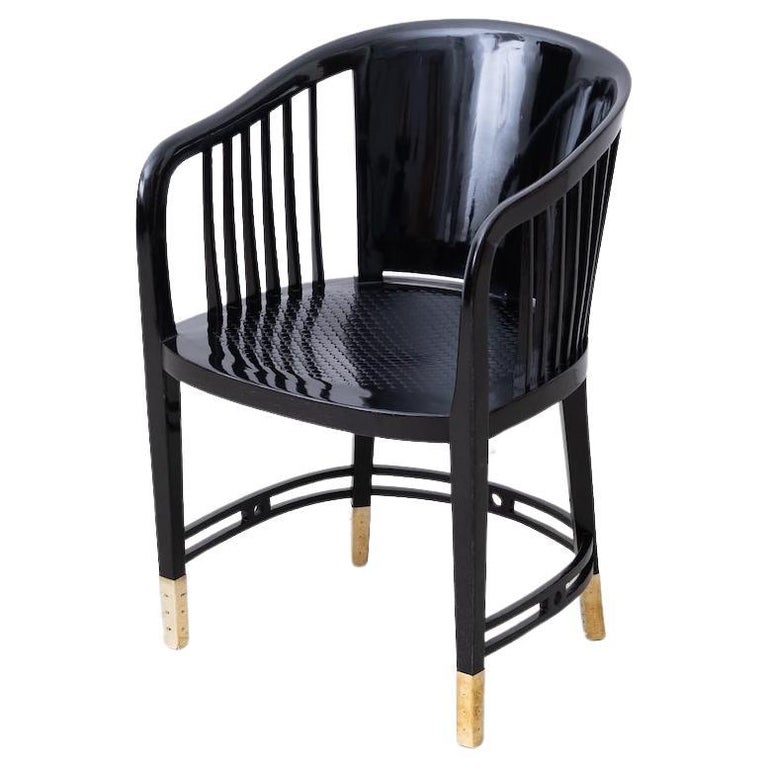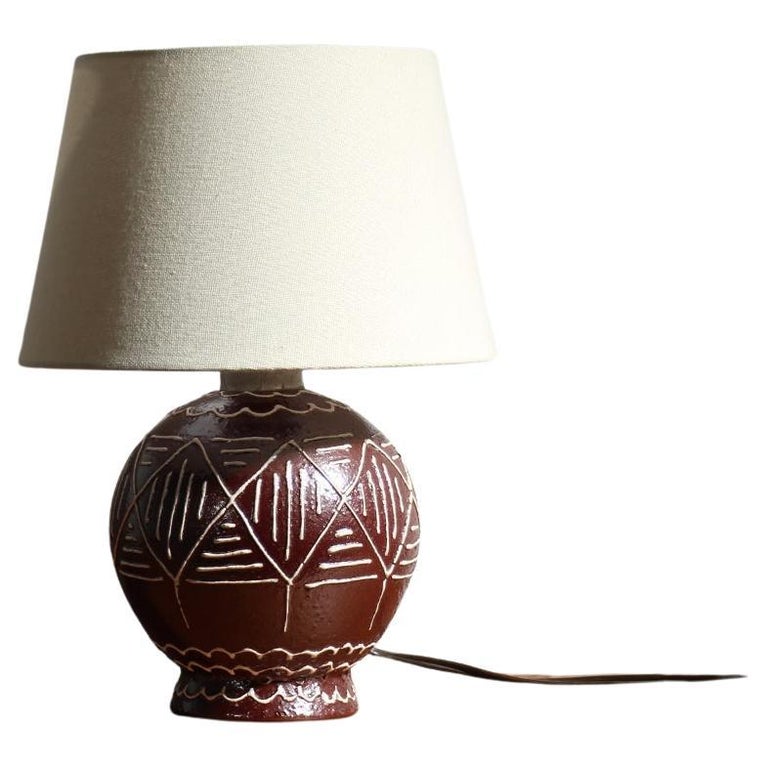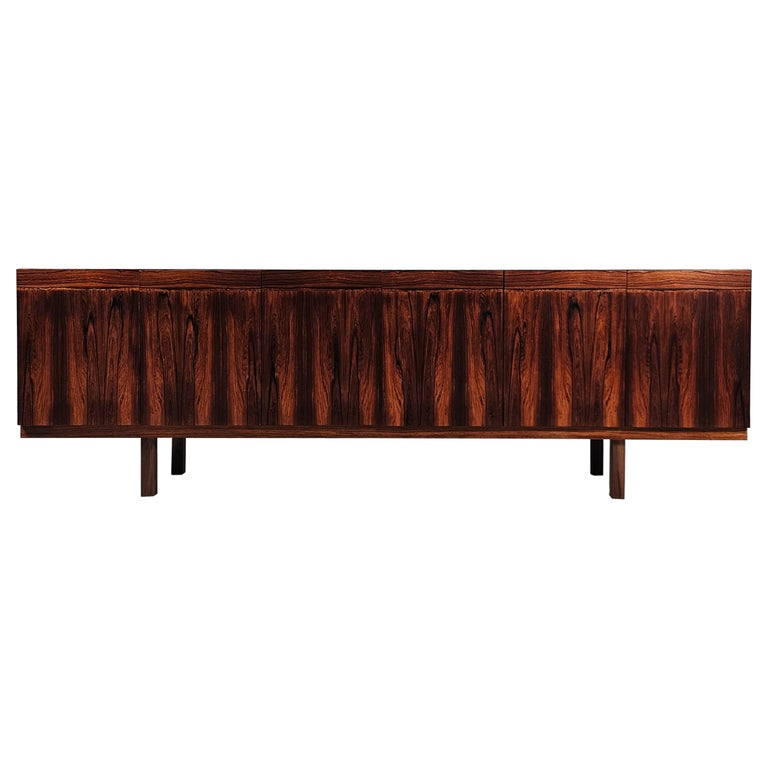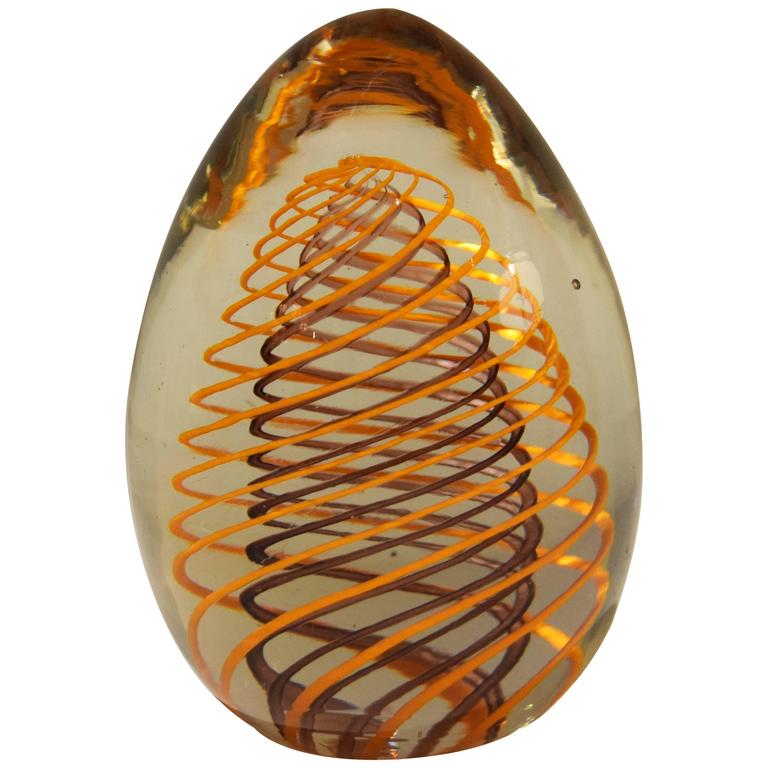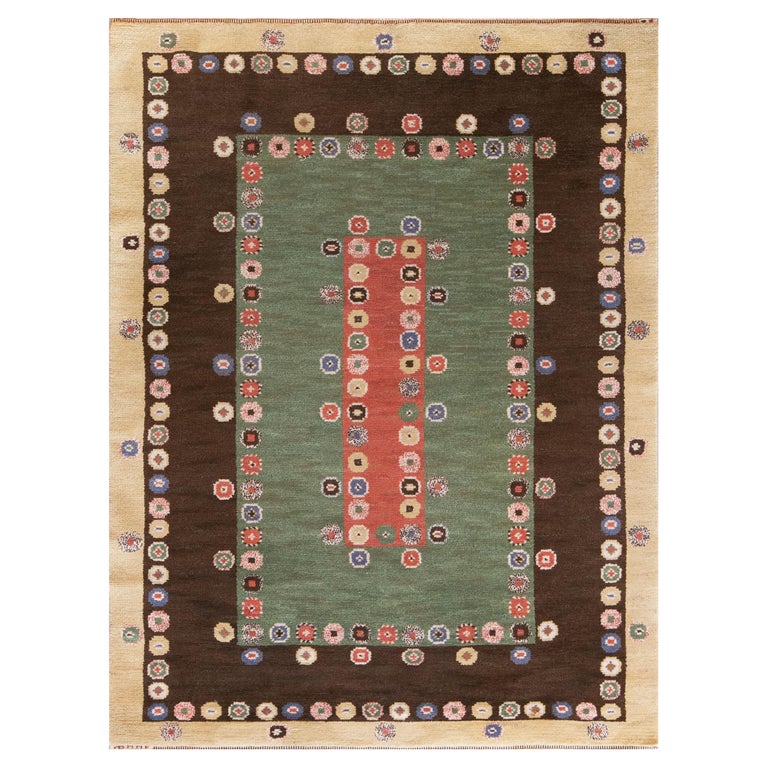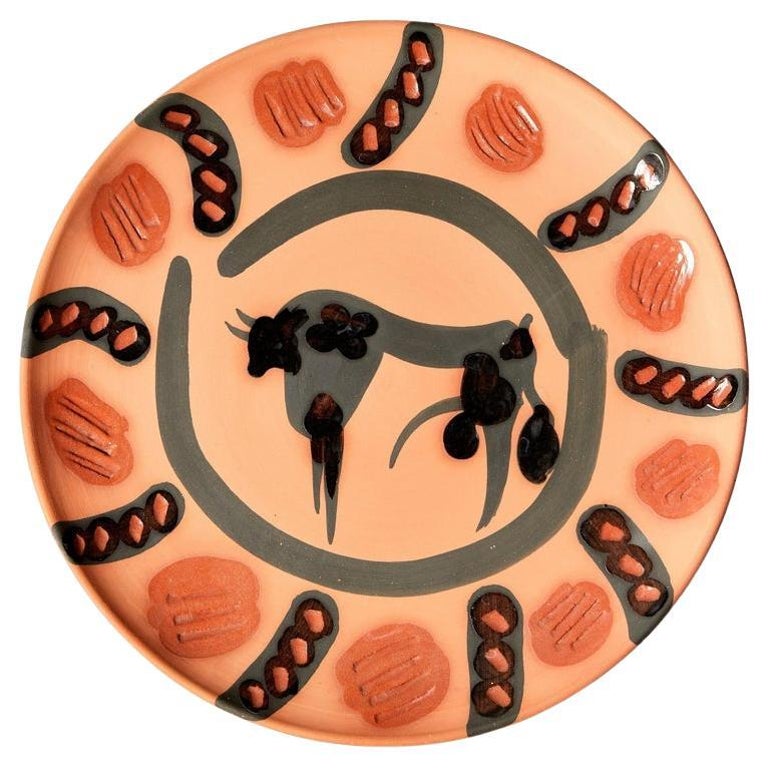
July 21, 2024Romanos Brihi and Venetia Rudebeck met at boarding school in the 1990s. “We became inseparable fairly instantly and spent hours together in the art studio,” Rudebeck recalls. “Post-university, our careers followed fairly similar paths, and we both worked for different design firms before deciding that we should join forces.”
No one seemed all that surprised when they did, founding London-based Studio Vero in 2014. “We were met with lots of comments along the lines of ‘Can’t believe you haven’t done it earlier’ and ‘Obviously,’ ” Rudebeck continues, with a laugh.
They share an aesthetic that helps them create eclectic designs whose power comes from a thoughtful accretion of items, both old and new. Each is painstakingly chosen, but their finished spaces look as if they were born from a moment’s inspiration, fresh to the eye.
“The studio is personal, and we’re hugely hands on,” Brihi says of their approach, which clients find very appealing. “A lot of people have had really bad experiences with decorators,” Rudebeck points out. “You’re spending a lot of money, and it can go on for years — so the process should be enjoyable.”
The word layered keeps coming up when this dynamic duo describes their look. “Homeowners get a glimpse into our little black book of favorite dealers, galleries, artisans — it gives us this layered look,” says Rudebeck.
Although they often create custom items, she thinks it’s their eye for older pieces that sets them apart.
“We’re trying to give people something different,” she explains. “In the world of Instagram, we get people saying, ‘I saw this, and I like this.’ But so did two hundred million other people. That’s where the antiques and vintage pieces come in.

“The patina, the wear and tear, the stories behind them,” she continues, “it all creates a different feeling.”
A project in the Holland Park area of London allowed the Vero team to exercise their aesthetic skills on a big canvas in the form of a huge Edwardian floor-through. “To have a lateral space of this size in central London is virtually unheard of,” says Brihi, noting that it had been gutted down to the “bricks and joists.”
The client gave them carte blanche, including a free hand with reconfiguring the space and stocking it with artworks.

“Many people come into a property these days and just remove the walls. We came in and divided it up again,” says Rudebeck. “The divvying up of the rooms was really to create more spaces, more interest. We’ve always been hugely influenced by the European apartment model, with rooms leading into rooms through double doors. And it means more walls on which to hang art.”
They added moldings that look historic and a light herringbone oak floor. “We kept it somewhat traditional, but it’s unfussy,” she says. “It feels masculine and substantial.”


The way the duo handled a large dining space — “ambassadorial size,” says Brihi — is instructive. The client wanted it for dining but also as a flexible space to have a meeting or just hang out. From August Interiors, they picked up a large oval table in Italian travertine, new but styled to look mid-century. (They found it on 1stDibs, a frequent source for Vero.)
Around the table they placed chairs of their own design, with seats upholstered in a bold geometric pattern, and above it, they hung a 1950s Stilnovo sputnik Light fixture.
They also closed off a portion of the room at one end, separating it with pocket doors to create a study. This smaller space got a dramatic coat of royal blue paint, a color that repeats in their work and adorns areas of Brihi’s own house.
Anchoring the study is a 1962 Ico Parisi rosewood desk with steel accents, measuring more than six feet in length. “Sometimes, size is everything,” says Rudebeck. “It’s such a statement.”

The sleek kitchen and an adjacent room, previously unconnected, were opened to each other via a new doorway framed with regal molding. The latter space became a chic, sun-filled breakfast room. Outfitted with a custom banquette, quirky artisan-made chairs and a custom bleached-oak dining table topped by a surprisingly casual light fixture with three rattan shades, it’s an inviting place to greet the day.
The Vero team hung colorful, upbeat figural art — including works by Teddy Millington-Drake, Katie Moore and Lara Voce — all over the house, on royal blue walls as well as white ones. “We’re not afraid of color, that’s for sure,” says Brihi.

The same fearlessness is certainly in evidence in a Notting Hill home not far from their studio, which was completed, like the Holland Park house, just last year. This project, for a South American family of four, involved redoing an unusually wide Victorian residence.
“They’re super social, and it had to be built for entertaining,” Brihi says of the clients, who had already lived in the house for the better part of a decade. The designers doubled the living room’s seating options from four to eight and laid two oriental carpets, letting them overlap where they meet. “It was a take on a country house feel, and again that lovely layered look,” says Rudebeck. “And it kept the two seating areas fluid.”

A mid-century Murano chandelier in gold leaf looks down on an ivory-bouclé–covered sofa of the duo’s own design, whose curves are echoed in a nearby 1920s antique bergère chair upholstered in brick-colored mohair. “The mom is a successful businesswoman and an amateur DJ. She enjoys entertaining and wanted things to be able to be moved quite easily,” Rudebeck says of laying the groundwork for impromptu parties.
The two-part family room on the garden level, formerly an unloved repository for an exercise bike, reveals clients in perfect harmony with designers.

One sitting area has custom stools in a riotous patchwork of fabrics that echoes the exuberant artworks, from the owners’ collection. The pieces include a mixed-media sculpture by the artist Rafael Gomezbarros of five large ants, which “crawl” on a wall under the staircase. A custom walnut-veneer credenza with arched doors stands next to pocket doors painted in that royal blue that Vero can’t seem to resist.

For the part of the room leading out to the garden and a much-used American-style grill, the designers found a round 1970s bamboo and burl-wood dining table on 1stDibs and surrounded it with new green armchairs by And Objects.
Considering, as Brihi puts it, “ceilings to be the fifth wall in a room,” the designers painted the area over the table with a starburst of crimson and white stripes, putting an exclamation point on the scheme.

The home’s more formal dining area centers on another Dirk van der Kooij table, at which sit chairs by Laura Gonzalez. The cabinet behind is a 1960s mahogany piece from Denmark, while the artwork above it is by Gérard Guyomard.
“They wanted some refinement, but also some whimsy for their children, as well as guests,” says Brihi, referring to the home overall. Given that the clients frequently text the designers pictures of successful parties they have hosted, it seems that the mission was accomplished, and in style.

